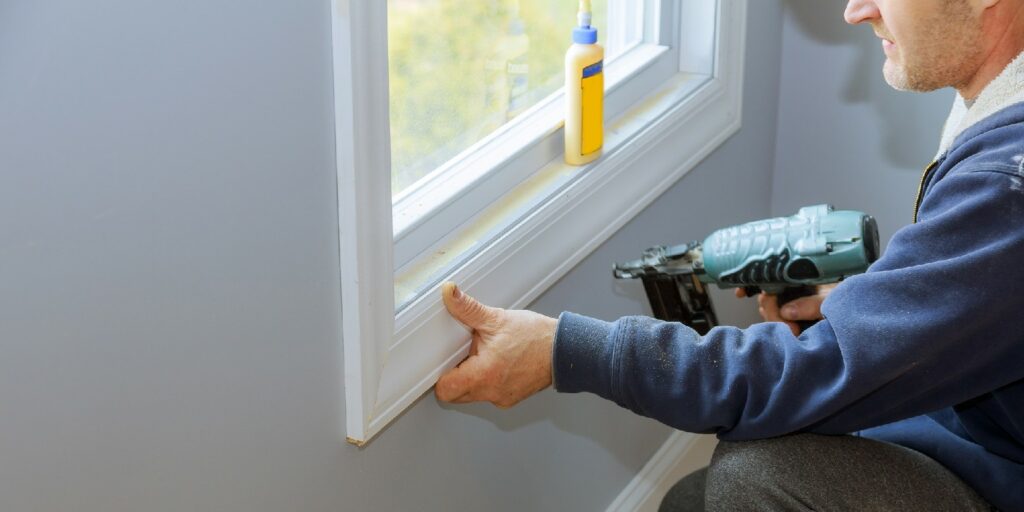Brad Nailer vs Finish Nailer: What’s the Difference?

When it comes to woodworking, it’s important to have a reliable nail gun to get the job done. Two of the most popular types of nail guns are the brad nailer and the finish nailer. They may look similar, but how do you know which one is right for your project? Do you really need both? In this article, we’ll explain the purpose of each tool in detail and go over their respective pros and cons. After reading, you’ll be able to make an informed decision about which type of nailer is best for your woodworking project.
What is a Brad Nailer?
This type of nail gun uses fasteners known as brad nails. Brad nails are small, thin nails that are usually made of steel or aluminum and are available in various sizes. They are used for light-duty carpentry work such as attaching trim pieces to furniture frames, floor moldings, and baseboards. The head of a brad nail is very small in order to minimize splitting the wood. A brad nail gun can be powered pneumatically or electrically.
What is a Finish Nailer?
A finish nailer is a type of power tool that applies finish nails. Finish nails have a bigger head than brad nails, which helps to prevent the wood from splitting when the nail is driven into it. Finish nails are typically made of galvanized steel and come in larger lengths and gauges than brad nails. They are used for heavy-duty carpentry work such as attaching door frames and baseboards, building furniture frames, installing floor moldings, and creating crown molding corners. A finish nailer can also be powered pneumatically or electrically.
Comparing Brad and Finish Nailers
When deciding whether to use a brad nailer or a finish nailer, there are several factors to consider. For starters, both types of nailers can be powered with pneumatic or electric motors. However, due to the larger size and greater strength of finish nails, a pneumatic finish nailer will provide more power than a pneumatic brad nailer or an electric finish nailer. The size of the head on the nails will also determine their strength. Brad nails have smaller heads than finish nails, so they create less holding power when driven into wood. In terms of the types of materials that each can be used on, finish nails can be used on thicker materials like hardwood while brads can only be used on thinner materials like plywood.
Brad Nailers: Pros and Cons
The main advantages of using a brad nail gun are that it’s inexpensive, lightweight, and easy to operate. These types of nailers are also great for attaching light-duty trim pieces to woodworking projects such as cabinets and furniture frames. However, the smaller size and head of the brad nails make them less suitable for heavier-duty tasks like large door frames or baseboards, since they won’t create as much holding power as larger finish nails would.
Finish Nailers: Pros and Cons
A finish nailer provides greater strength since its nails have larger heads. Due to their size, these nails create more holding power when driven into thicker materials like hardwood door frames or baseboards. However, the larger size and stronger holding power also mean that they take more effort to drive into the wood. This means that using a pneumatic finish nailer is usually necessary for heavier-duty tasks that require more power than an electric or pneumatic brad nailer can provide. Additionally, finish nailers tend to be more expensive than brad nailers due to their additional features and capabilities.
Conclusion
In conclusion, both brad nailers and finish nailers are essential tools for any woodworker, and each has its own advantages and disadvantages based on the size, strength, and type of fastener used. Brad nailers are ideal for light-duty carpentry work, while finish nailers are better suited for heavier-duty tasks. When deciding which one is right for your project, consider the size and strength of the nails needed, the type of material being fastened, and your budget. By weighing these factors, you can make an informed decision and be confident that you have the perfect tool for your next project.
